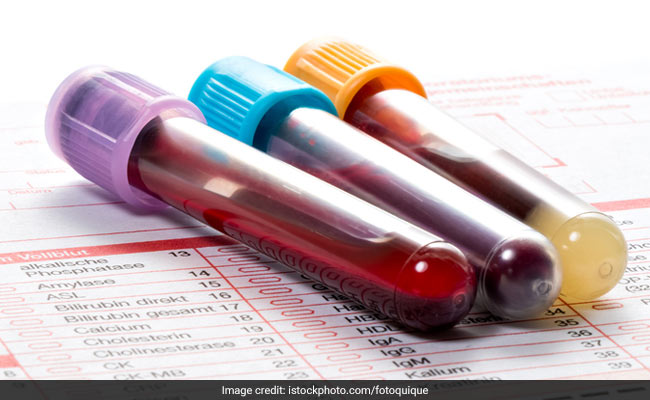

Blood in your urine requires additional testing. Either nitrites or leukocyte esterase - a product of white blood cells - in your urine might indicate a urinary tract infection. Bilirubin in your urine might indicate liver damage or disease. Usually, bilirubin is carried in the blood and passes into your liver, where it's removed and becomes part of bile. Bilirubin is a product of red blood cell breakdown. As with sugar, any amount of ketones detected in your urine could be a sign of diabetes and requires follow-up testing. Any detection of sugar on this test usually calls for follow-up testing for diabetes. The amount of sugar (glucose) in urine is typically too low to be detected.

Small increases in protein in urine usually aren't a cause for concern, but larger amounts might indicate a kidney problem. Low levels of protein in urine are typical. A higher than normal concentration often is a result of not drinking enough fluids. A measure of concentration shows how concentrated the particles are in your urine. The pH level might indicate a kidney or urinary tract disorder. The pH level indicates the amount of acid in urine. The chemical strips change color if certain substances are present or if their levels are above typical levels. Dipstick testĪ dipstick - a thin, plastic stick with strips of chemicals on it - is placed in the urine. For example, beets or rhubarb might tint your urine red. Urine color can be influenced by what you've just eaten or by certain drugs you're taking. Protein in urine can make it appear foamy.īlood in the urine can make it look red or brown. Cloudiness or an unusual odor can indicate a problem, such as an infection. Visual examĪ lab technician examines the urine's appearance. Resultsįor a urinalysis, your urine sample is evaluated in three ways: visual exam, dipstick test and microscopic exam. You can return to your usual activities immediately. The urine sample is sent to a lab for analysis. In some cases, if needed, your provider can insert a thin, flexible tube (catheter) through the urinary tract opening and into the bladder to collect the urine sample.

Other tests, such as pregnancy testing and drug screenings, might rely on a urine sample, but these tests look for substances that aren't included in a typical urinalysis. If you've been diagnosed with a medical condition, such as kidney disease or a urinary tract infection, your doctor might recommend testing your urine regularly to monitor your condition and treatment. A urinalysis can help diagnose the cause of these signs and symptoms. A urinalysis might be requested if you have abdominal pain, back pain, frequent or painful urination, blood in your urine, or other urinary problems. Or it might be used to screen for a variety of disorders, such as diabetes, kidney disease or liver disease, when you're admitted to a hospital. A urinalysis might be part of a routine medical exam, pregnancy checkup or pre-surgery preparation. A urinalysis is a common test that's done for several reasons:


 0 kommentar(er)
0 kommentar(er)
